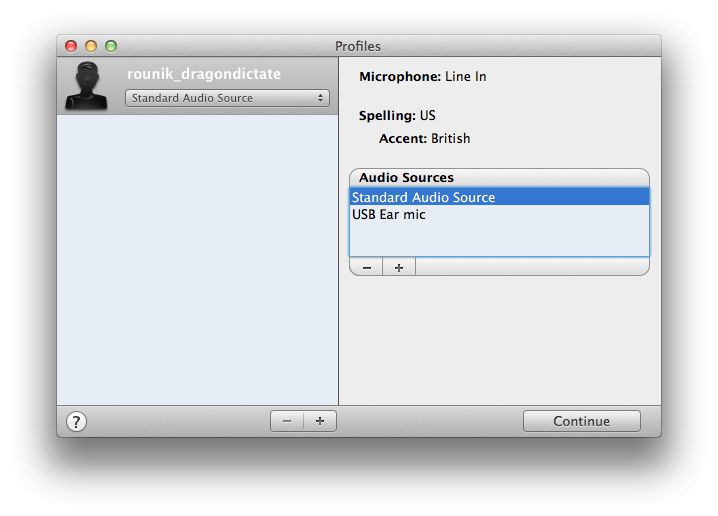

Heavy reverb, crackles, tape hiss- all of these qualities are being deployed to lift the voice from its immediate surroundings and put it somewhere not so fixed in time.Īnd then there's dubstep and its offshoots, where processing techniques that originated in dub are being taken in new directions. Working at home on cheap equipment (or on equipment that is supposed to sound cheap), people are finding ways to extend the sound of the voice into areas that foreground the technology used to capture it. Part of it I can attribute to 2009's wave of lo-fi in indie, which I wrote about a couple of columns back. Maybe it's a coincidence, or maybe my mind works in cycles I don't quite understand, but the turn of another decade finds returning to these ideas. And sometimes, there's something about this distortion that creates an object of fascination all its own. "True" sounds are in the air and then they're gone, but over the years we've found variously flawed ways to hold on to them. And when you get down to it, every voice translated from the body to a record is inevitably distorted. It wasn't new, of course the processed voice had been around for a long time. So around the turn of the millennium, I was hearing the sound of processed voices and it all felt terribly new and exciting. When strange things happen to this sound, it can be both disorienting and sublime. Our brains are skilled at filtering things out and tuning into specific sounds that really matters. It's why you can have something close to a conversation with someone in a room so loud it would seem to make conversation possible. Biologically, our ears are drawn to voices, because they might be telling us something important.

Hearing a binary hiccup applied to something so essential and elemental as the human voice made for especially compelling listening. Machines made mistakes, and glitches were the sound of digital failure. Computers were getting faster by the day and were expanding their reach into our lives, and, with Y2K still fresh in everyone's memory, that had some ominous overtones. There was something about voices and technology in the air. That was the year of Prefuse 73's glitch-hop debut Vocal Studies + Uprock Narratives, and I was also listening to albums by Steve Reich-meets-Oval producer Nobukazu Takemura, along with older tracks like selections from Nuno Canavarro's Plux Quba, which combined tape experiments with manipulated whispers, hums, and coos (Prefuse sampled it), and Curd Duca's "Touch", which sends a recording of the bouncy pop song "You'd Be Like Heaven to Touch" through the processing grinder to striking effect. In 2001, I wrote a column about the human voice, specifically about how it was being stretched and chopped and mangled in all sorts of interesting ways.


 0 kommentar(er)
0 kommentar(er)
